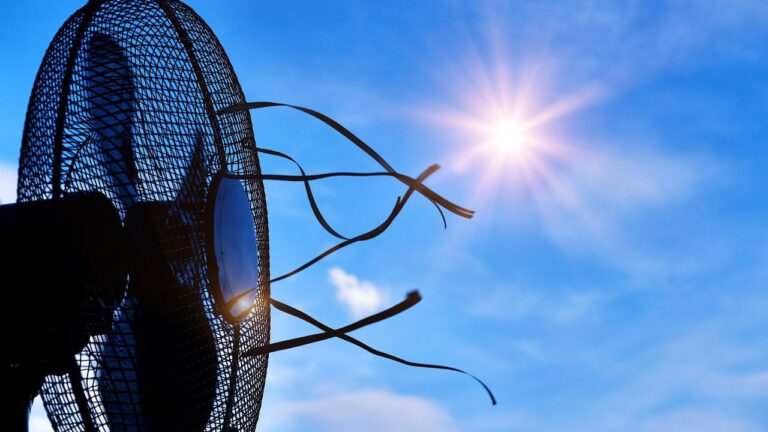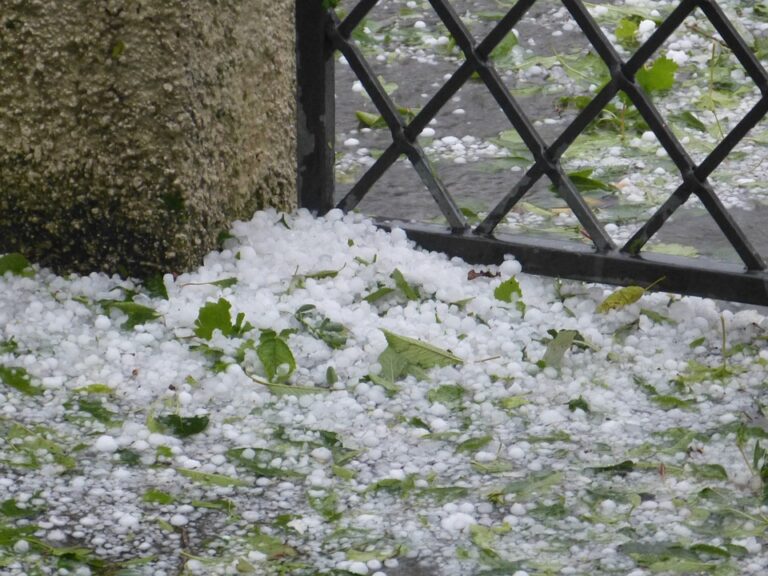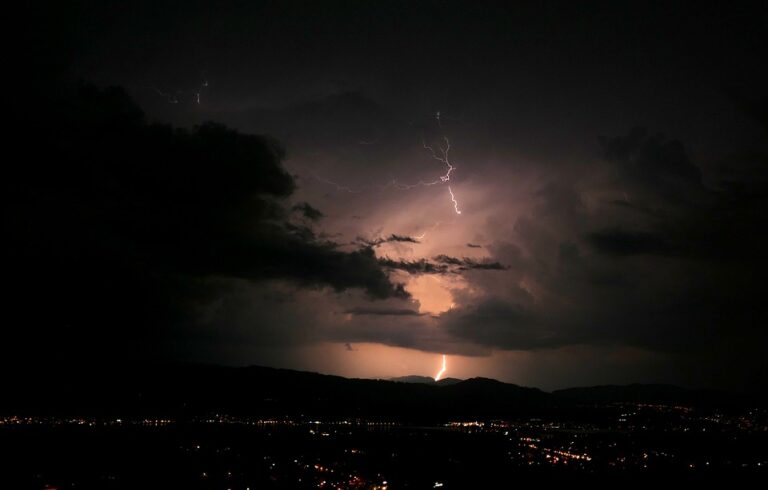Understanding Nighttime Inversions: A Deep Dive into the Atmospheric Phenomenon

As the sun dips below the horizon and the stars begin to twinkle, a fascinating atmospheric phenomenon known as nighttime inversions quietly unfolds above us. While most people are unaware of this occurrence, it plays a crucial role in our environment, influencing everything from weather patterns to air quality.
What are Nighttime Inversions?
Nighttime inversions, also known as temperature inversions, occur when the temperature of the atmosphere increases with altitude, contrary to the usual decrease.
Under normal conditions, the air near the Earth’s surface is warmer than the air above it. However, during an inversion, a layer of cooler air is trapped beneath a layer of warmer air.
This phenomenon commonly occurs during the night and early morning hours when the ground loses heat quickly after sunset, cooling the air immediately above it.
The Science Behind Nighttime Inversions
The formation of nighttime inversions is primarily influenced by radiative cooling. After sunset, the Earth’s surface, which absorbed heat during the day, begins to lose heat rapidly. This loss of heat causes the air near the ground to cool down.
As this layer of air cools, it becomes denser and settles, trapping the warmer air above it. The strength and duration of an inversion depend on several factors, including geographic location, weather conditions, and time of year.
Factors Influencing Nighttime Inversions
Several factors contribute to the formation and intensity of nighttime inversions:
- Clear Skies: Clear skies allow for more effective radiative cooling, enhancing the likelihood of inversion formation. Cloudy conditions tend to trap heat, reducing the cooling effect.
- Calm Winds: Wind can disrupt the formation of inversions by mixing the air layers. Calm, still nights are more conducive to inversion development as the air remains undisturbed.
- Topography: Valleys and basins are particularly prone to inversions because cold air naturally flows downhill and accumulates in low-lying areas.
- Seasonal Variations: Inversions are more common during the winter months when nights are longer and the sun’s angle is lower, resulting in less surface heating during the day.
Impacts of Nighttime Inversions
Nighttime inversions have several important implications for both the environment and human activities:
- Air Quality: During an inversion, pollutants emitted from vehicles, industrial processes, and other sources can become trapped close to the ground. This can lead to a significant decrease in air quality, potentially causing health problems for individuals with respiratory conditions.
- Weather Patterns: Inversions can suppress cloud formation and precipitation, leading to dry conditions. They can also influence fog formation, which can impact transportation and daily activities.
- Agriculture: Frost events are more likely to occur during inversions, posing a threat to crops and agricultural yields. Farmers often monitor inversion conditions closely to mitigate potential damage.
- Wildlife: Temperature inversions can affect wildlife behavior, as animals may alter their activity patterns in response to changes in temperature and prey availability.
Case Study: The Impact of Inversions in Urban Areas
Urban areas are particularly susceptible to the effects of nighttime inversions due to the concentration of pollutants and human activity. Cities like Los Angeles, known for their smog and air quality issues, often experience pronounced inversions, especially during the winter months.
The combination of vehicle emissions, industrial pollution, and geographical features such as surrounding mountains can trap pollutants, resulting in poor air quality and visibility.
Efforts to combat the effects of inversions in urban areas include implementing stricter emissions standards, promoting public transportation, and investing in green infrastructure to reduce pollution levels.
How to Mitigate the Effects of Nighttime Inversions
While we cannot prevent nighttime inversions from occurring, there are steps that individuals and communities can take to mitigate their impact:
- Monitoring: Utilize weather forecasts and air quality monitoring tools to stay informed about current inversion conditions. This can help individuals with respiratory issues plan their outdoor activities accordingly.
- Reducing Emissions: By carpooling, using public transportation, and reducing industrial emissions, communities can decrease the concentration of pollutants trapped during inversions.
- Urban Planning: Cities can design infrastructure that promotes air circulation and reduces the buildup of pollutants, such as green spaces and urban forests.
Conclusion: The Subtle Yet Significant Role of Nighttime Inversions
Nighttime inversions may be a subtle atmospheric occurrence, but their impact on our environment and daily lives is undeniable. By understanding the factors that contribute to their formation and the effects they have, we can take informed steps to mitigate their impact.
Whether you live in a bustling city or a quiet rural area, being aware of nighttime inversions can inspire us to take actions that improve our environment and quality of life. As we continue to study and understand this phenomenon, we can work towards solutions that ensure cleaner air and healthier communities for all.
In the end, nighttime inversions remind us of the intricate balance within our atmosphere and the interconnectedness of human activities and natural processes. By respecting and adapting to these natural phenomena, we can create a more sustainable future for generations to come.






